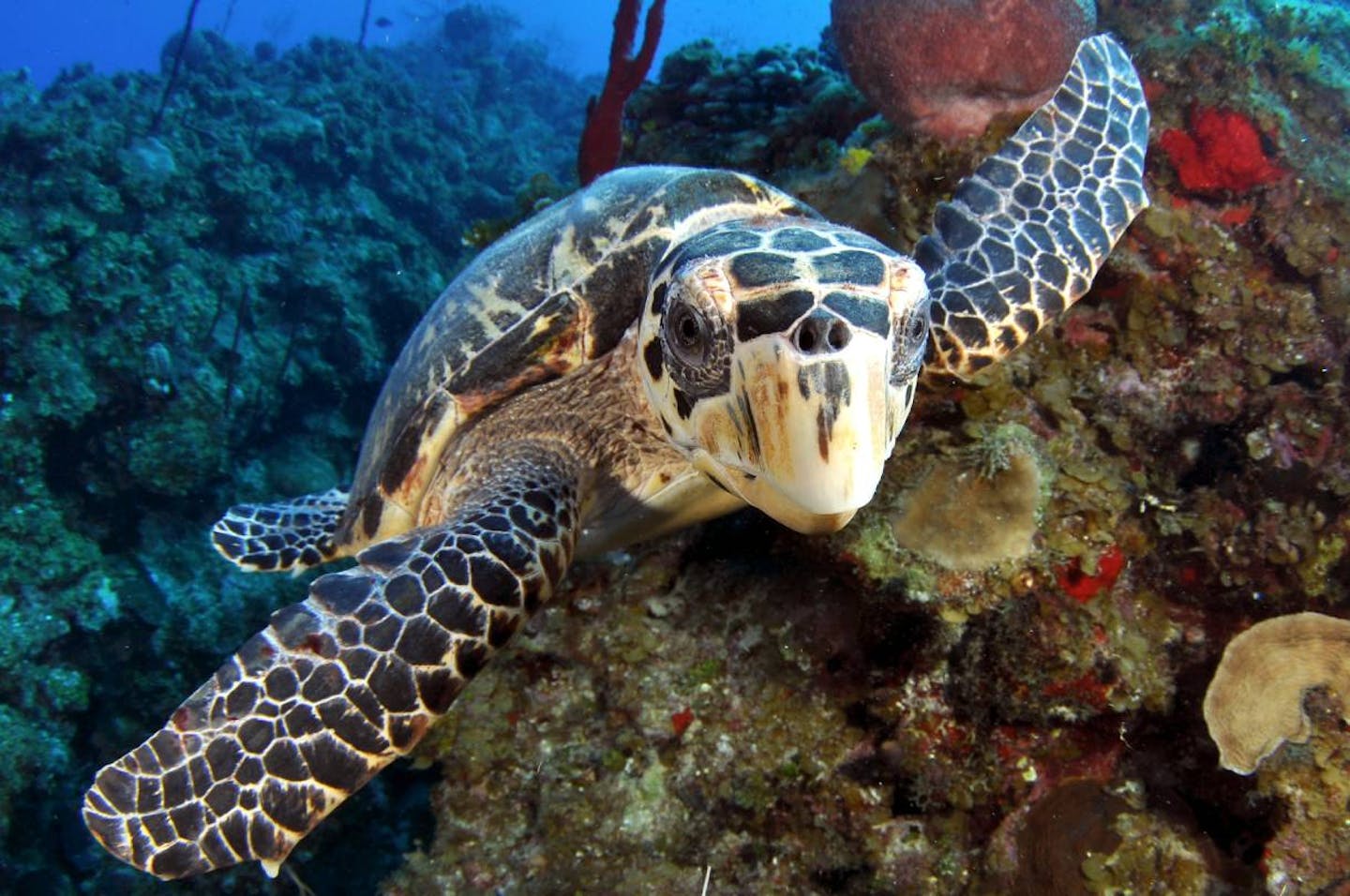How saving hawksbill turtles is achievable through community-led conservation
A baby hawksbill turtle finally reaches the ocean after a long and treacherous journey across the beach in the opening scene of La Voz del Mar: Hope for Hawksbill Turtles. The short documentary is a collaboration between Wild Earth Allies, ProCosta, and Emic Films, highlighting the achievements of community conservation in El Salvador.
Jiquilisco Bay is home to 45% of nesting hawksbill turtle females in the Eastern Pacific, but this wasn’t always the case. Before conservation action, this species was thought to be extinct in the area.
ProCosta, a conservation organization powered by Wild Earth Allies, works to protect sea turtles in this region. Yet, they don’t act alone. Local community members carry out a large scope of their work.
The film follows the community beach patrollers as they find nests and relocate the eggs to ProCosta’s safe hatchery center. Human consumption of eggs has been the most significant threat, however, this narrative is changing as more locals get involved in conservation efforts.
As the documentary ends with a stunning view of Jiquilisco Bay at twilight, the importance of embedding local involvement into biodiversity conservation is once again reiterated. As the President of ProCoasta, Ani Henríquez, says, “We can’t do the work without the community. Their work is part of the solution.”
Inside the film
In a conversation led by Christiane Maertens, the Founder of DoGoodery, key players of the film break down the process, why conservation works best at the local level, and the significance of saving crucially endangered hawksbill turtles.
The film was shot over six days in 2021 by John Bougher and his team at Emic Films. He and his crew felt firsthand what it was like to be a beach patroller as one morning, they were scheduled to film drone shots and got a call that the nesting turtle was found. “We had ten minutes to get there.”
Wild Earth Allies produced this film because, as Program Officer Kelly Hogan puts it, “it’s in our name, ‘allies,’ we work with people. We want to tell their stories, and we are eager to film all our conservation partners and their efforts.”
Community centered conservation
When ProCosta started its hawkbill turtle program in 2007, the species was considered extinct in El Salvador. Now, in 2022, Jiquilisco Bay is the center of nesting females.
Isabella is a tracked female nesting turtle who has been returning to the site for 14 years, proving that ProCosta’s efforts are working. Not only does she consider the beach safe for her eggs, but an underwater survey in February 2022 saw her foraging in the bay, meaning she also finds this area suitable to live in as well.
Furthermore, the amount of juveniles in the water has also increased. This progress is one the entire community can see and why locally-led conservation is successful. When the community can witness their surroundings improving, they feel further empowered to make their environment better.
%20Close-up%2C%20Cozumel%2C%20Mexico%20dreamstime37424849.jpeg)
Why hawksbill turtles
Climate change is simultaneously impacting hawksbill turtles and their habitats. Temperature rise affects sex ratios in hatchings, increasing females and making males scarce.
Warmer waters have also destroyed the coral reefs hawkbill turtles once thrived in. Now, they turn to the mangroves and estuaries like those found in Jiquilisco Bay.
Jose Urteaga from Wild Earth Allies lists many profitable business and beneficial environmental reasons why hawkbill sea turtles are worth preserving. But ultimately, “sea turtles are just cool, and they deserve to be saved.” By rehabilitating the population, there is “optimism and hope that we can create meaningful change in the way we interact with nature.”
Hope is precisely what the conservationists and filmmakers behind this documentary want the audience to take away from it. There are solutions to climate change and biodiversity loss that are successfully working, and that long-term investment in the right people and projects can change the path we are on.



